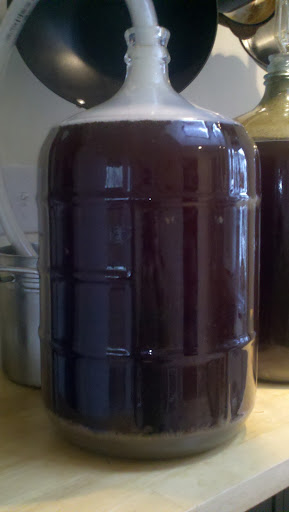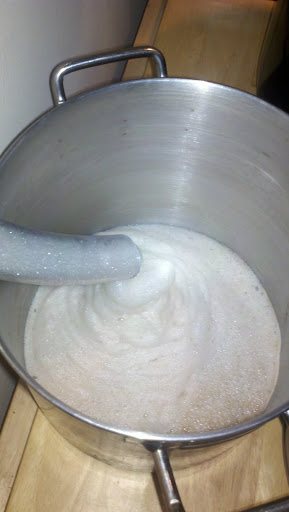Okay, did some searching in past posts so I think I have answered my question, but I just want to test my understanding:
Wyeast 3944 is "a true top cropping yeast requiring full fermenter headspace of 33%." But that's just if you aren't using a blowoff hose, right? i.e. there's not some biochemical "thing" that happens in the big krausen that makes it so you really want the headspace instead?
Not that it matters right now, it's already pushing its way out the end of the blowoff tube, so trying to do something stupid like racking it to a bigger fermenter is out of the question. It's RDWHAHB on this batch either way; I'm just wondering for future reference.
Wyeast 3944 is "a true top cropping yeast requiring full fermenter headspace of 33%." But that's just if you aren't using a blowoff hose, right? i.e. there's not some biochemical "thing" that happens in the big krausen that makes it so you really want the headspace instead?
Not that it matters right now, it's already pushing its way out the end of the blowoff tube, so trying to do something stupid like racking it to a bigger fermenter is out of the question. It's RDWHAHB on this batch either way; I'm just wondering for future reference.





